Acupuncture is a treatment performed using special sterile, thin needles ranging from 4 to 10 cm. This method involves puncturing acupuncture points, i.e., active points on the body. It aims to strengthen the flow of energy and vital force.
According to Chinese medicine, all internal organs contact the external environment through specific points in our body. If a disease process develops in any of the organs, these points are usually painful, tight, or slightly red.
The Chinese managed to locate over 660 acupuncture points on the human body. Needling them or massaging them helps restore the body's energy balance. From a scientific point of view, inserting needles activates circulation in the capillaries. The cells then work more intensively, stimulating the body to fight.
The body's reaction to the treatment is an individual matter. Patients usually feel a momentary pressure or expansion, which may become pleasant over time. Slight discomfort indicates the needle has hit an active point on the body. Additionally, the pain may be aggravated by external factors such as heat, frost, full moon, or pressure changes.
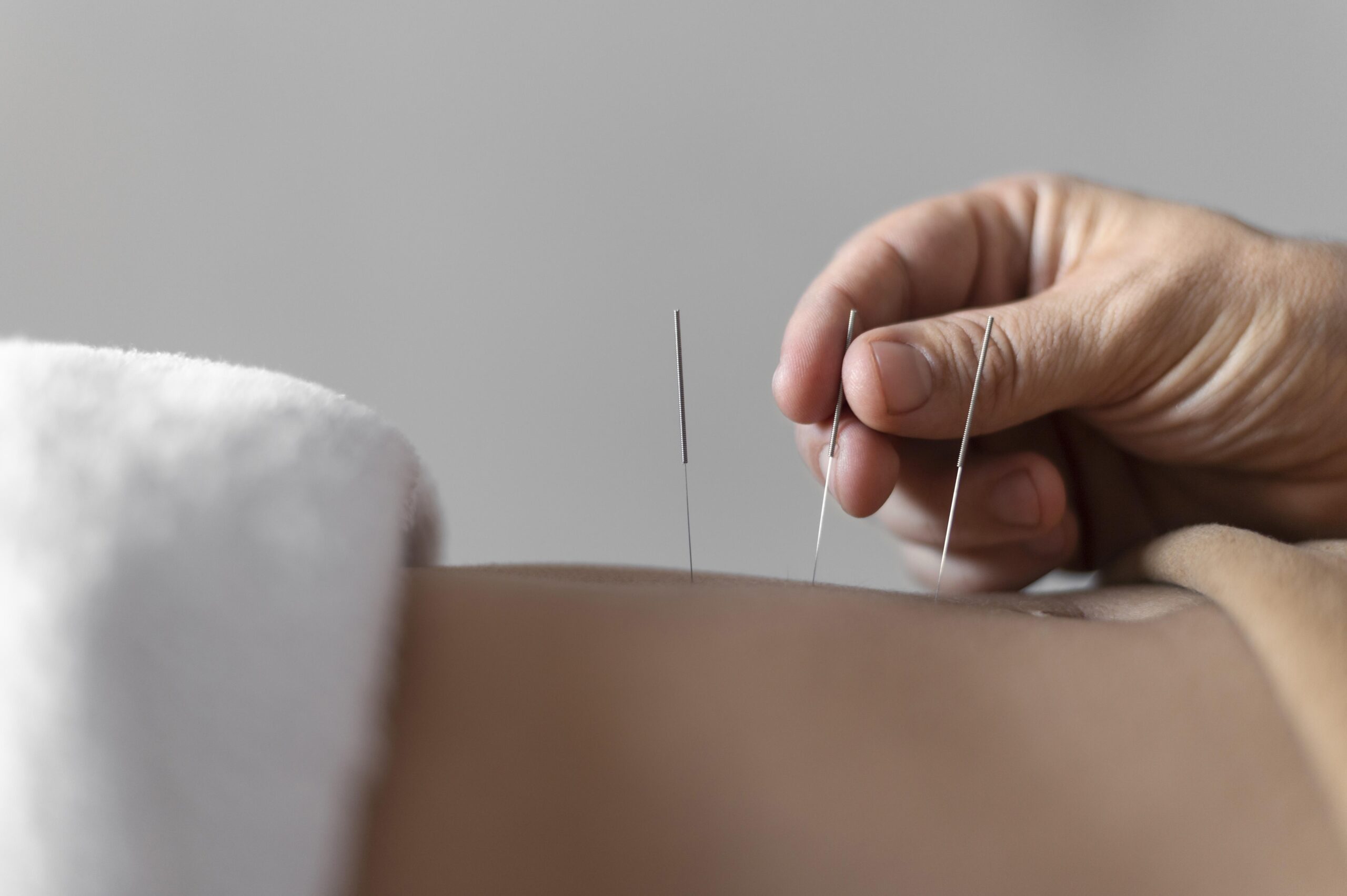
Acupuncture![]() is commonly regarded as a spiritual practice, with its operational mechanism explained through concepts rooted in Eastern philosophy. To comprehend the functionality of this method, one must grasp the principles of Chi, Yin, and Yang, the Five Elements, meridians, and acupuncture points. Despite its primary therapeutic application, it is pertinent to acknowledge its association with Eastern religious beliefs.
is commonly regarded as a spiritual practice, with its operational mechanism explained through concepts rooted in Eastern philosophy. To comprehend the functionality of this method, one must grasp the principles of Chi, Yin, and Yang, the Five Elements, meridians, and acupuncture points. Despite its primary therapeutic application, it is pertinent to acknowledge its association with Eastern religious beliefs.
The practitioners assert that a vital life force, known as energy or Chi![]() , flows throughout the human body, essential for the optimal functioning of individual cells and the entire organism. They posit that illness diminishes the level of Chi, prompting the restoration of energy equilibrium through targeted stimulation of weakened channels.
, flows throughout the human body, essential for the optimal functioning of individual cells and the entire organism. They posit that illness diminishes the level of Chi, prompting the restoration of energy equilibrium through targeted stimulation of weakened channels.
Yin and Yang![]() serve as distinct forces representing opposing activities within the body. The specialists posit that these forces are interrelated and exist in a state of harmonious equilibrium. Disruption of this balance can lead to the impairment of organ function or overall bodily homeostasis. Yang is characterized as the positive phase in the universe, while Yin embodies the negative phase.
serve as distinct forces representing opposing activities within the body. The specialists posit that these forces are interrelated and exist in a state of harmonious equilibrium. Disruption of this balance can lead to the impairment of organ function or overall bodily homeostasis. Yang is characterized as the positive phase in the universe, while Yin embodies the negative phase.
This concept is intrinsically linked to the Yin and Yang theory. The Rule of the Five Elements![]() posits that the fundamental constituents of the world encompass wood, fire, earth, metal, and water. Consequently, interdependencies arise, wherein individual elements interact and mutually support one another, stimulating action. According to the specialists, bodily activities manifest as variations in the cycles of Yin and Yang, and the Five Elements rule delineates the two cycles.
posits that the fundamental constituents of the world encompass wood, fire, earth, metal, and water. Consequently, interdependencies arise, wherein individual elements interact and mutually support one another, stimulating action. According to the specialists, bodily activities manifest as variations in the cycles of Yin and Yang, and the Five Elements rule delineates the two cycles.
The concept of meridians![]() in traditional Chinese medicine posits them as energy channels that connect specific points on the body's surface and the internal organs. These meridians form pairs through Luo connecting branches. They are recognized in traditional Chinese medicine and prevalent in Europe and America, where they are categorized into primary and secondary meridians. Meridians consist of external and internal branches.
in traditional Chinese medicine posits them as energy channels that connect specific points on the body's surface and the internal organs. These meridians form pairs through Luo connecting branches. They are recognized in traditional Chinese medicine and prevalent in Europe and America, where they are categorized into primary and secondary meridians. Meridians consist of external and internal branches.
An essential component of Chinese medicine, acupuncture points![]() are fundamental elements. Approximately 660 such points have been identified by the Chinese. These points are also referred to as biologically active points and Chinese points. According to specialists, stimulating these points through piercing and heating facilitates the restoration of the disrupted balance between Yang and Ying and regulates the circulation of Chi. These points are inherent in human skin from birth, with each measuring between 2-5 mm in size.
are fundamental elements. Approximately 660 such points have been identified by the Chinese. These points are also referred to as biologically active points and Chinese points. According to specialists, stimulating these points through piercing and heating facilitates the restoration of the disrupted balance between Yang and Ying and regulates the circulation of Chi. These points are inherent in human skin from birth, with each measuring between 2-5 mm in size.
Acupressure![]() , also called needle-free acupuncture, is a method of treating diseases and ailments. Unlike acupuncture, it does not use puncturing but stroking, pressing, and tapping. Acupressure owes its popularity to its ease of implementation – the treatment can be performed in almost any condition, and if performed correctly, it should have no side effects. What's more, you don't need to use special equipment.
, also called needle-free acupuncture, is a method of treating diseases and ailments. Unlike acupuncture, it does not use puncturing but stroking, pressing, and tapping. Acupressure owes its popularity to its ease of implementation – the treatment can be performed in almost any condition, and if performed correctly, it should have no side effects. What's more, you don't need to use special equipment.
Biologically active points are massaged and pressed during the treatment – these points have unique properties. These are places located on the body's surface, differing from each other in terms of thermal, biochemical, and electrical properties. You can even perform acupressure yourself – the massage is performed using your fingertips or an eraser at the end of a pencil.

The mechanism of action of acupuncture![]() remains the subject of ongoing research, with inquiries focusing on the involvement of internal secretion glands. Research is conducted in neurophysiological and endocrinological laboratories, predominantly utilizing animal models. During these experiments, doctors employ isotope and radioimmunoassay methods and implant microelectrodes in brain tissue to measure neuronal potential.
remains the subject of ongoing research, with inquiries focusing on the involvement of internal secretion glands. Research is conducted in neurophysiological and endocrinological laboratories, predominantly utilizing animal models. During these experiments, doctors employ isotope and radioimmunoassay methods and implant microelectrodes in brain tissue to measure neuronal potential.
Studies indicate that acupuncture treatment rapidly increases adrenocorticotropic hormone![]() (ACTH) concentration, observed as early as 5 minutes post-puncture. This elevation subsequently results in heightened adrenal cortex hormone levels and reduced cholesterol, lipids, and adrenal ascorbic acid concentrations. Furthermore, researchers have noted that female animals exhibit increased susceptibility to acupuncture, up to tenfold in some cases.
(ACTH) concentration, observed as early as 5 minutes post-puncture. This elevation subsequently results in heightened adrenal cortex hormone levels and reduced cholesterol, lipids, and adrenal ascorbic acid concentrations. Furthermore, researchers have noted that female animals exhibit increased susceptibility to acupuncture, up to tenfold in some cases.
This technique has also shown potential in the treatment of the thyroid gland![]() . Findings reveal that treatment reduces thyroid gland volume alongside heightened functional activity, as evidenced by increased uptake of radioactive iodine. However, these conclusions were derived from a study on animals, wherein treatment expedited the emptying of colloidal substances from the animals' thyroid follicles.
. Findings reveal that treatment reduces thyroid gland volume alongside heightened functional activity, as evidenced by increased uptake of radioactive iodine. However, these conclusions were derived from a study on animals, wherein treatment expedited the emptying of colloidal substances from the animals' thyroid follicles.
The effects of this treatment method on the body have been the subject of extensive research, with evidence indicating its impact on the adrenal glands. Studies on both animals and humans have demonstrated that stimulation of specific acupuncture points decreases the number of white blood cells in the circulating blood. Furthermore, biochemists have found that acupuncture and electroacupuncture used for therapeutic purposes can enhance the production of adrenal hormones.
Despite the considerable body of research on the effects of acupuncture, its impact on the pancreas![]() remains unclear. Current information on this topic lacks clarity. Additionally, clinical observations suggest that this treatment option is utilized in treating infectious diseases such as dab, erysipelas, shingles, mumps, and viral hepatitis, with promising results as reported in Chinese medicine.
remains unclear. Current information on this topic lacks clarity. Additionally, clinical observations suggest that this treatment option is utilized in treating infectious diseases such as dab, erysipelas, shingles, mumps, and viral hepatitis, with promising results as reported in Chinese medicine.
Traditional Chinese medicine![]() places significant emphasis on anti-disease factors, which are internal factors that influence the development of diseases. Acupuncture treatments aim to prevent and treat illnesses by enhancing these anti-disease factors through regulation. According to traditional Chinese medicine, pathogenic factors are attributed to weather components. They are known as causal factors.
places significant emphasis on anti-disease factors, which are internal factors that influence the development of diseases. Acupuncture treatments aim to prevent and treat illnesses by enhancing these anti-disease factors through regulation. According to traditional Chinese medicine, pathogenic factors are attributed to weather components. They are known as causal factors.
Chinese traditional medicine practitioners categorize various pathogenic factors, such as wind, cold, summer heat, moisture, dryness, and heat. According to their perspective, winds with ascending or descending characteristics can affect the upper parts of the body, while cold weakens the body's Yang and disrupts its heat-generating function.
Diseases can also stem from emotional factors, as posited by traditional Chinese medicine. According to this belief system, joy, sadness, anger, contemplation, bitterness, fear, and terror are linked to internal-origin diseases. Specifically, anger is thought to harm the liver, extreme joy and fear are associated with heart issues, fear is detrimental to the kidneys, contemplation impacts the spleen, and sadness and bitterness are believed to affect the lungs.
Medical acupuncture is an effective cure for many diseases![]() . Indications for its usage are the following ailments:
. Indications for its usage are the following ailments:
It also improves your overall well-being because it relaxes you and helps you eliminate stress. It cannot control appetite by pressing the hunger point and improving digestion. Therefore, it supports the weight loss process.
Likewise, it brings relief during the process of quitting smoking and also helps allergy sufferers with allergy symptoms.
The contradictions![]() in treatments with needles apply to:
in treatments with needles apply to:
The specialists generally consider acupuncture safe![]() if it is done by a certified professional who uses clean and sterilized needles. Nevertheless, it's a great idea to consult with your doctor before the first acupuncture session, as this therapy may not be proper for individuals with particular health disorders.
if it is done by a certified professional who uses clean and sterilized needles. Nevertheless, it's a great idea to consult with your doctor before the first acupuncture session, as this therapy may not be proper for individuals with particular health disorders.
There is a possibility of experiencing blood vessel and nerve injury, difficulties from needle breaking during session, and organ injuries (e.g., collapsed lung or brain injuries). While rare, acupuncture complications may lead to death.
If you're thinking about acupuncture when choosing a doctor:
During an acupuncture treatment, the specialists insert thin needles into specific areas of your body. It can usually cause some discomfort.
Each individual who performs acupuncture has a remarkable style. To choose the kind of acupuncture therapy that will benefit you the most, your practitioner can question you about your symptoms, behaviors, and lifestyle. The specialist may also closely review the following:
An acupuncture session can take up to one hour. A standard therapy plan for a single complaint generally involves one or two weekly sessions. The number will rely on the disorder and its severity. Generally, people receive from six to eight sessions.
Acupuncture points are located in all regions of our body. Occasionally, the proper points are far removed from the area of your discomfort. The specialist will tell you the general site of the planned therapy and whether you need to remove any clothes.
Needles used for acupuncture are inserted into diverse depths at strategic places on the body. The needles are thin – the insertion may cause minor discomfort. However, individuals often don't feel pain during the whole procedure. A standard therapy uses 5 to 20 needles. You can feel a mild aching when a needle gets to the proper depth.

The specialist may gently move or twist the needles after placing them in the right spots or use warmth or gentle electrical pulsations. The needles stay in place for 10 to 15 minutes while the patient needs to lie down and rest. While removing the needles, there's usually no discomfort.
Some people feel calm, and others feel energized after an acupuncture session. But not everybody reacts to this treatment type. If your signs don't improve within a few weeks, acupuncture can not be appropriate.
The effectiveness of acupuncture varies depending on the specific ailment being treated. The number of treatments required should be determined by a qualified medical professional or physiotherapist following an assessment of the individual's condition. The specialist will prescribe the necessary number of treatments and their frequency after the consultation. Typically, a course of 10 to 12 treatments is administered over three months to six months. The cost of scalp and body acupuncture generally ranges from $70 to $150, with variations based on the location and size of the practice.
Table of Contents
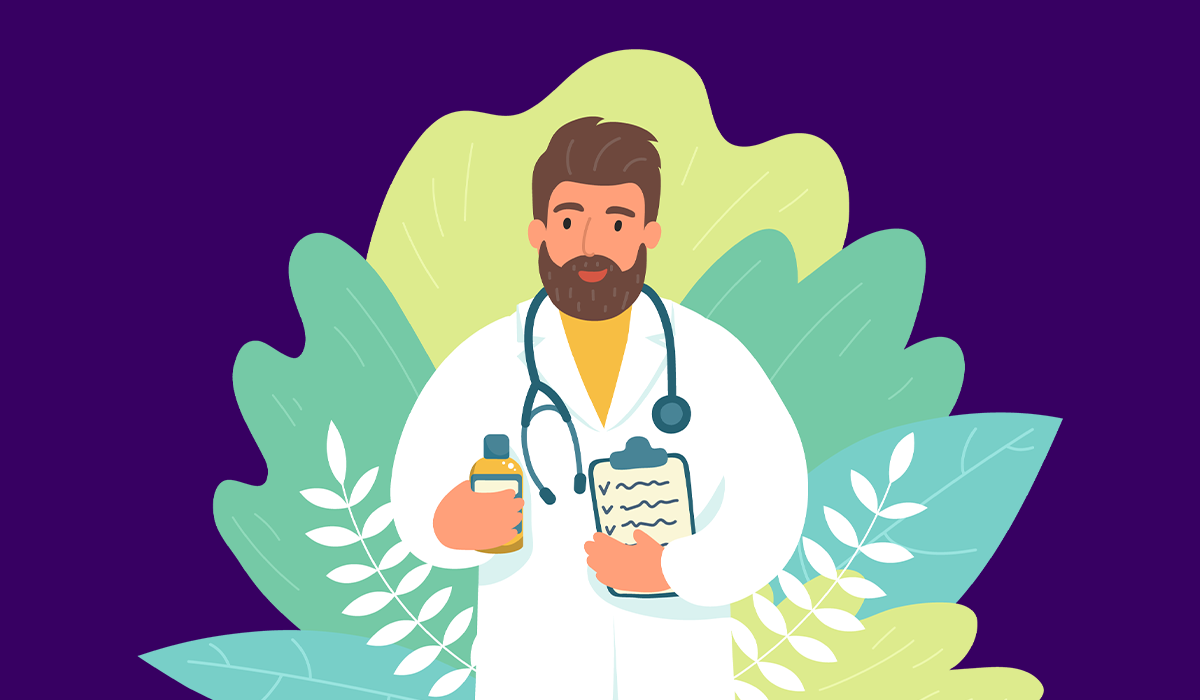
A naturopath is an individual practicing naturopathy, an alternative medicine that centers on common strategies to remedy and progress well-being.… read more »
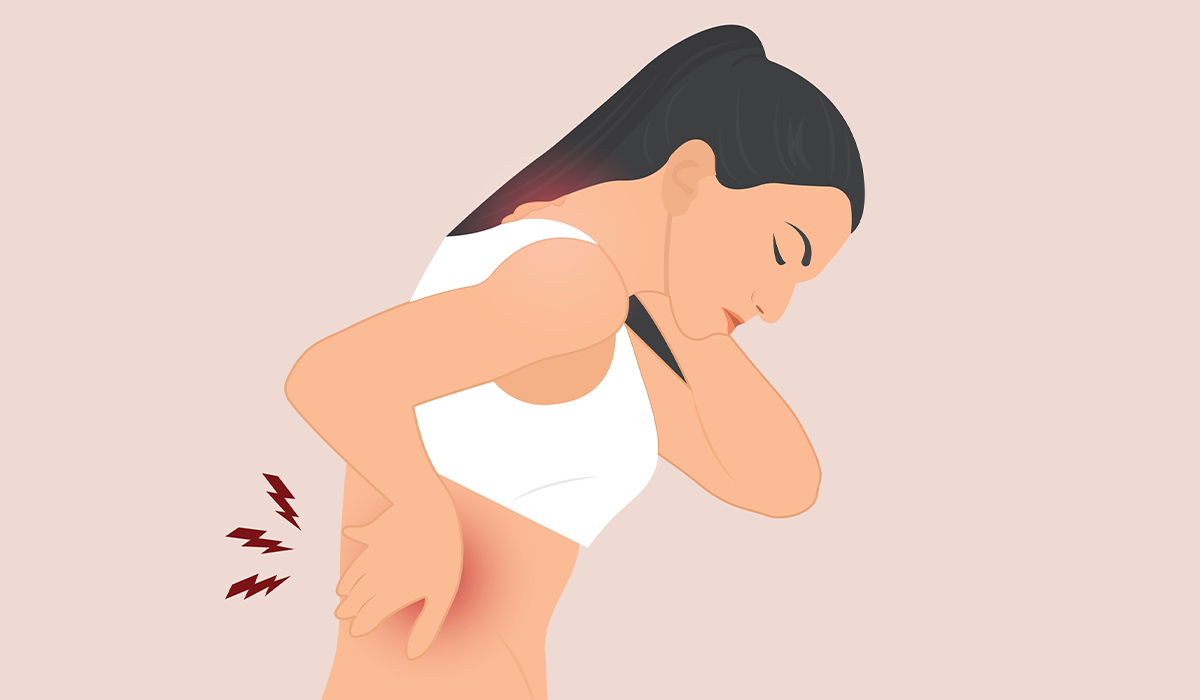
Muscle pain, which specialists call myalgia, is a broad issue that numerous individuals around the globe experience. The intensity of… read more »
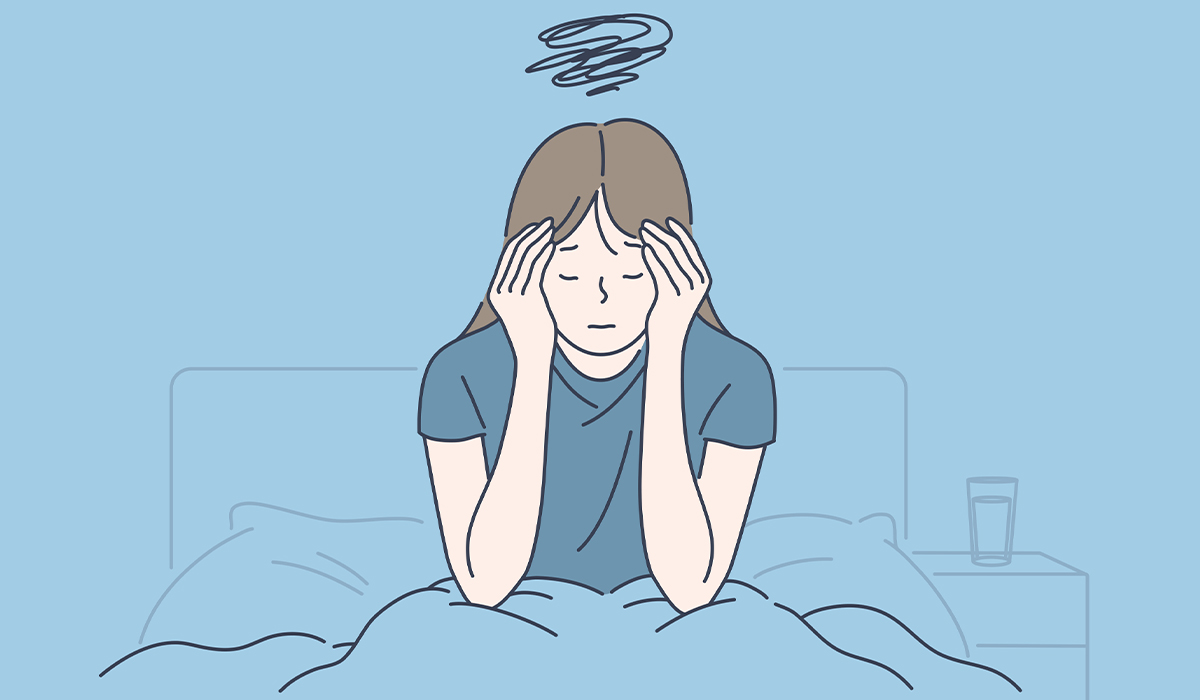
Migraine is a chronic paroxysmal neurological disease characterized primarily by headache attacks. What are the reasons for this? What is… read more »
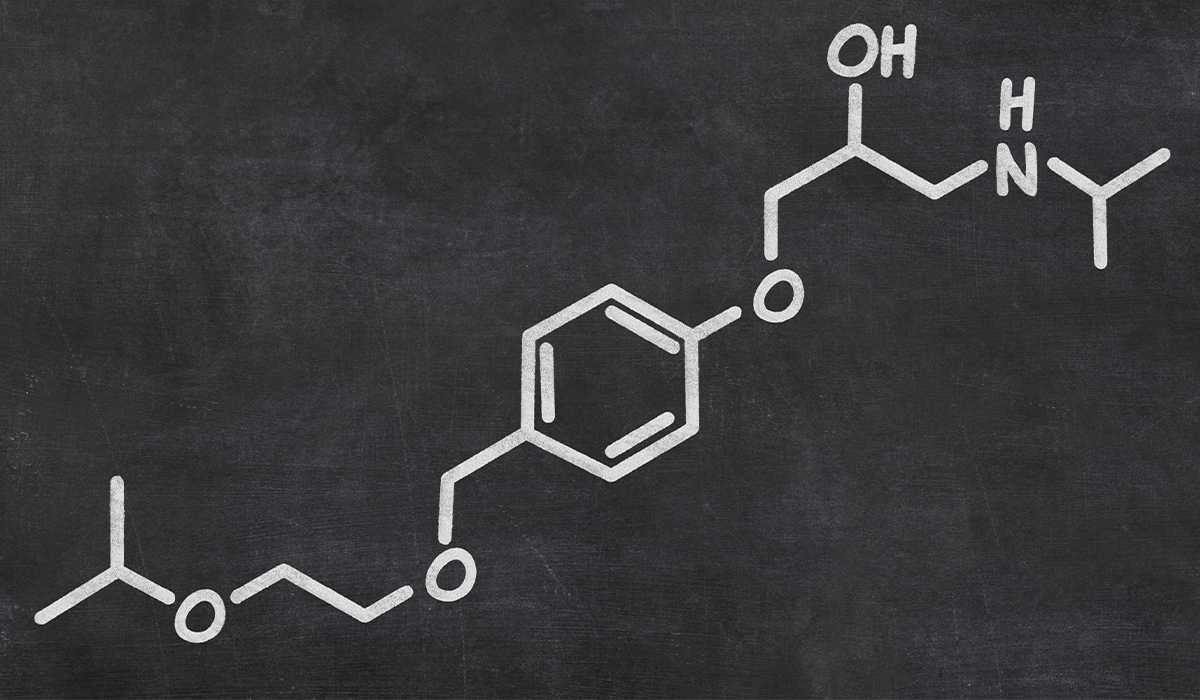
Beta blockers are a class of medications primarily used to manage conditions related to the cardiovascular system. How do they… read more »
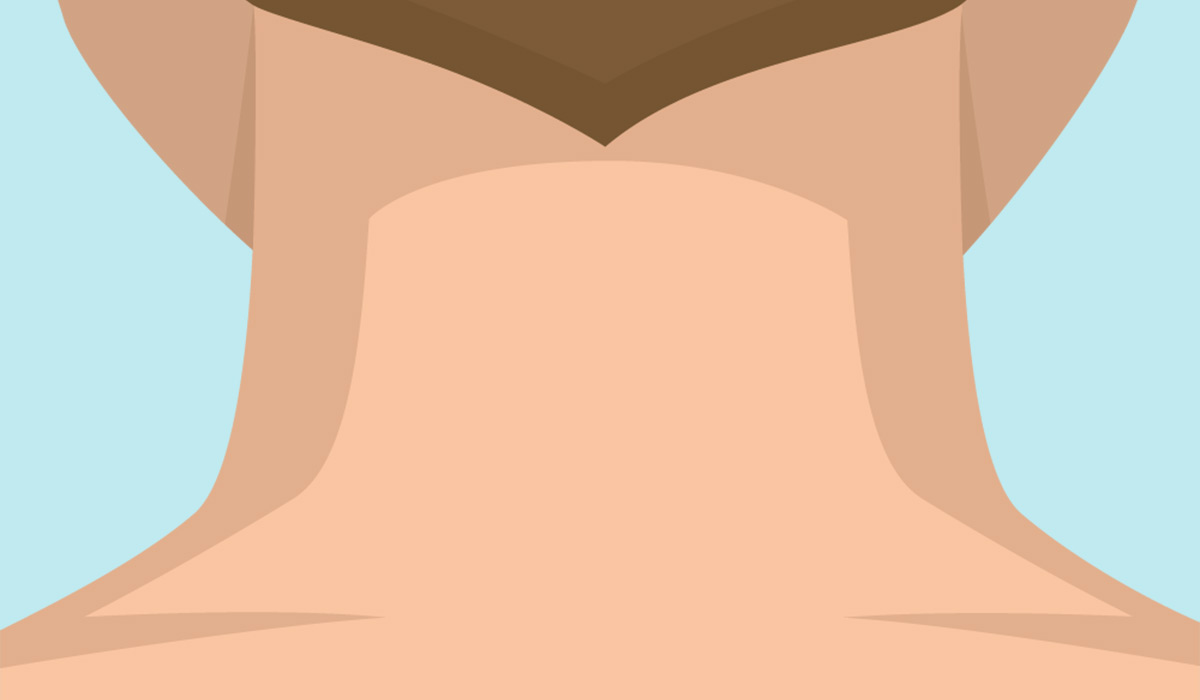
The neck can be defined as a complex yet essential structure comprising different systems that link the head to the… read more »

Vertigo is the illusion of environment movement. It is usually accompanied by nausea, loss of balance and a feeling of… read more »
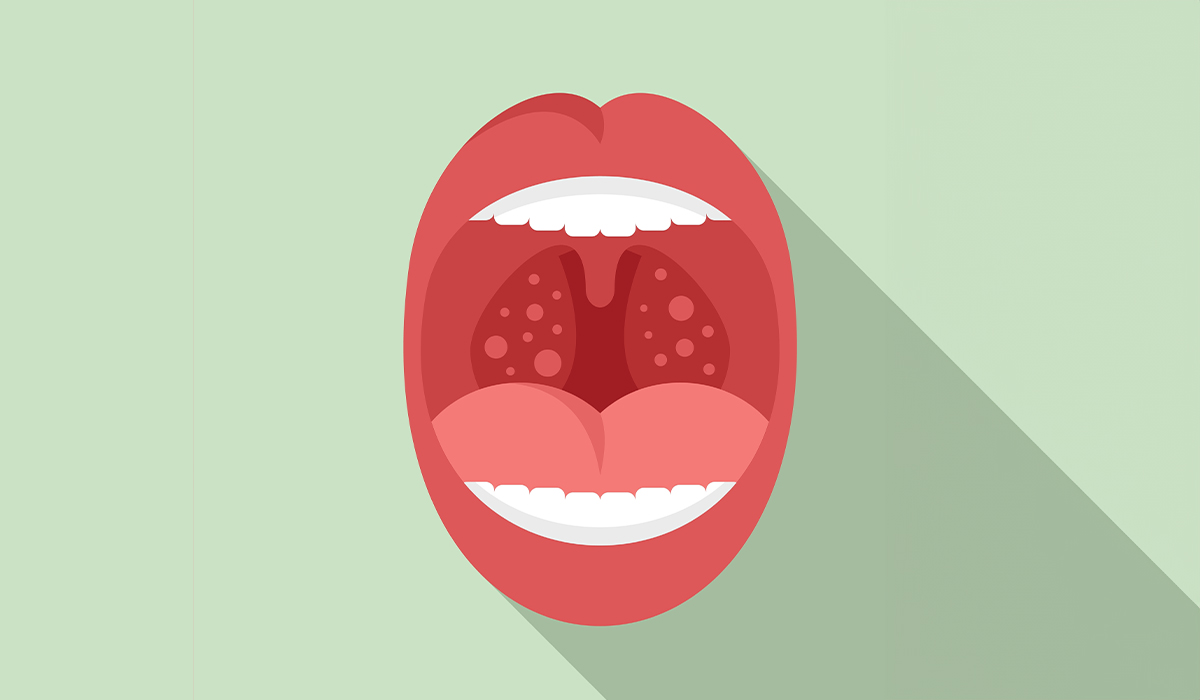
Herpangina or herpetic pharyngitis is usually caused by viruses. Read about how to recognize the symptoms. Learn about treatment methods. read more »
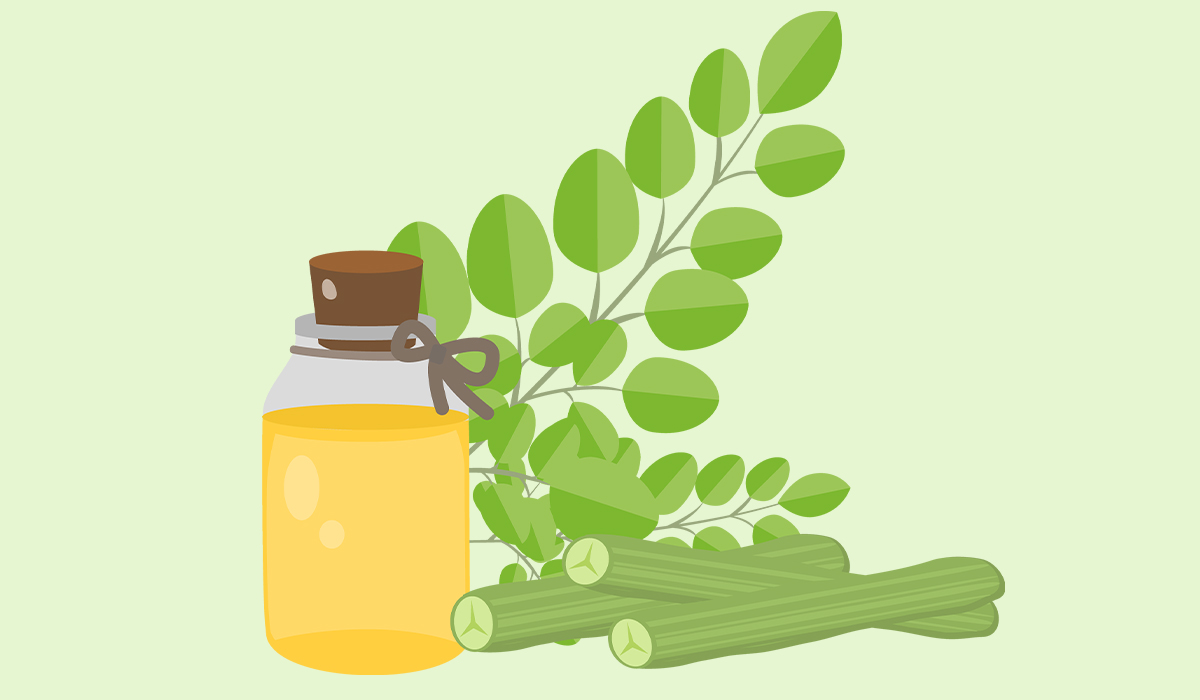
Moringa is a plant with valuable properties. Read about the benefits of consuming moringa leaves. You will also find dosage… read more »
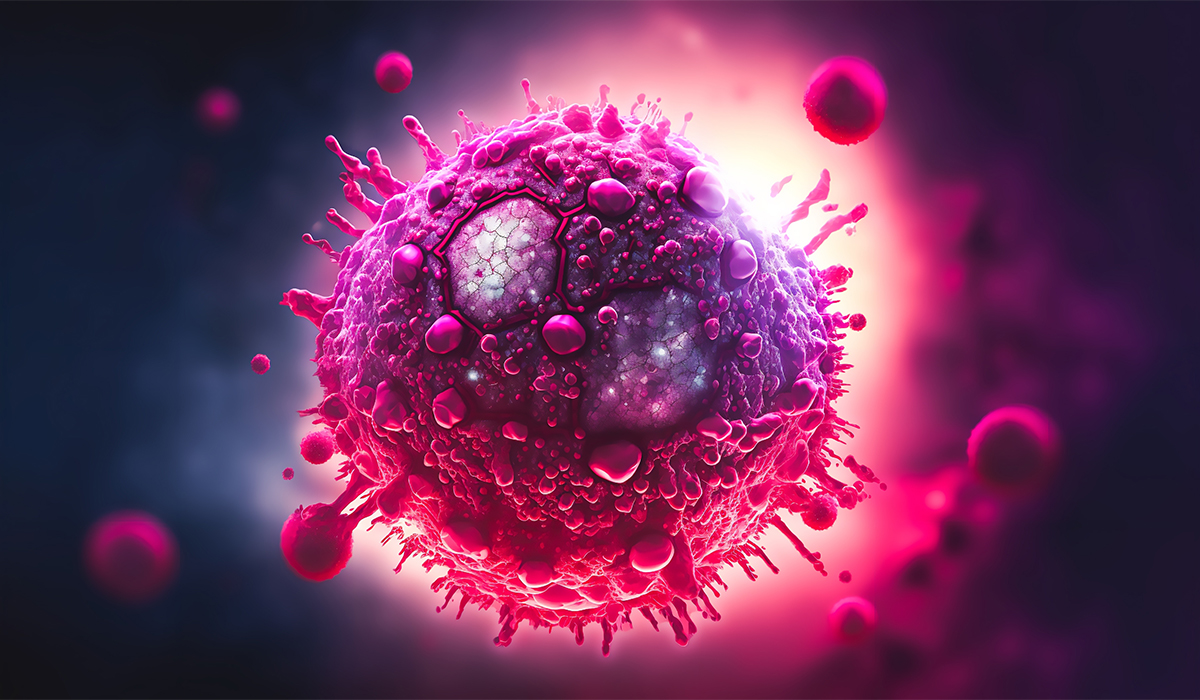
HIV is a virus that damages cells of the human immune system. How can you get infected with HIV? What… read more »